Browning Azaleas
teri419
17 years ago
Related Stories
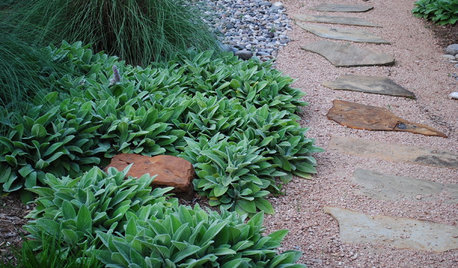
SAVING WATERLush Gardens With Low Water Needs
Drought tolerant doesn’t have mean spindly, brown and thorny
Full Story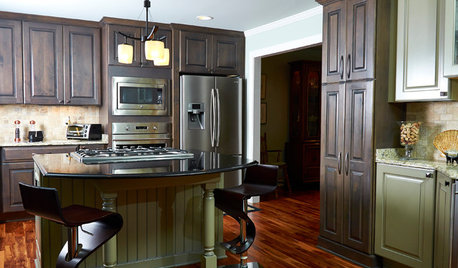
KITCHEN MAKEOVERSKitchen of the Week: Rich Materials, Better Flow and a Garden View
Adding an island and bumping out a bay window improve this kitchen’s layout and outdoor connection
Full Story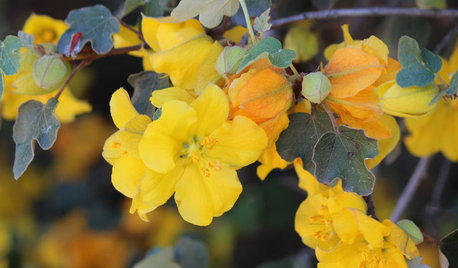
CALIFORNIA GARDENINGCalifornia Gardener's May Checklist
Only one major chore but a plethora of planting possibilities means a delightful month in California gardens
Full Story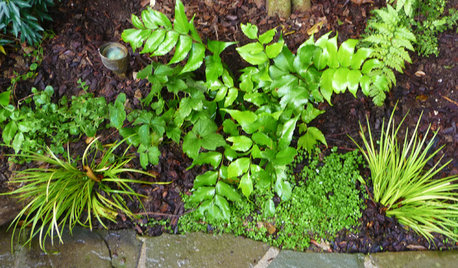
GARDENING GUIDESGreat Design Plant: Cyrtomium Falcatum ‘Rochfordianum’
Adding Japanese holly fern to your woodland garden is a great way to celebrate the holidays and create lasting memories
Full Story
GARDENING GUIDESGet on a Composting Kick (Hello, Free Fertilizer!)
Quit shelling out for pricey substitutes that aren’t even as good. Here’s how to give your soil the best while lightening your trash load
Full Story
LANDSCAPE DESIGNCalifornia Says Goodbye to the Sprawling Ornamental Lawn
New state rules will effectively limit turfgrass to 25 percent of the landscape in most new and renovated yards
Full Story
GARDENING GUIDESHouzz Call: What’s Your Favorite Backyard Beauty?
The simple, honest daisy is this writer’s go-to garden flower. We want to hear which plant, flowering or otherwise, gives you special joy
Full Story
CONTAINER GARDENS7 Deer-Resistant Flowers for Your Summer Containers
Grow these as protection for edibles or just for their colorful beauty — deer might not like them, but everyone else will
Full Story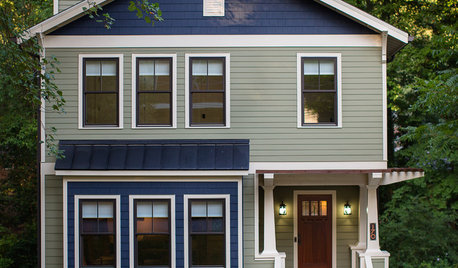
COLORExterior Color of the Week: 6 Ways With Sage Green
See how to set your home apart with this popular green
Full StorySponsored






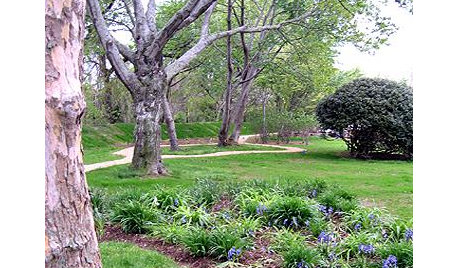
luis_pr
teri419Original Author
Related Professionals
Windham Landscape Architects & Landscape Designers · Eden Prairie Landscape Architects & Landscape Designers · Saint Louis Park Landscape Architects & Landscape Designers · Walnut Landscape Architects & Landscape Designers · Wakefield Landscape Contractors · Concord Landscape Contractors · Arlington Landscape Contractors · Bethel Park Landscape Contractors · Canyon Lake Landscape Contractors · Cockeysville Landscape Contractors · Goodlettsville Landscape Contractors · Round Lake Landscape Contractors · Suitland Landscape Contractors · Vermilion Landscape Contractors · Chicago Ridge Landscape Contractorsmorz8 - Washington Coast
teri419Original Author
morz8 - Washington Coast
teri419Original Author
luis_pr
Alene Wendrow
morz8 - Washington Coast
Alene Wendrow
Alene Wendrow
Carrie Schindler